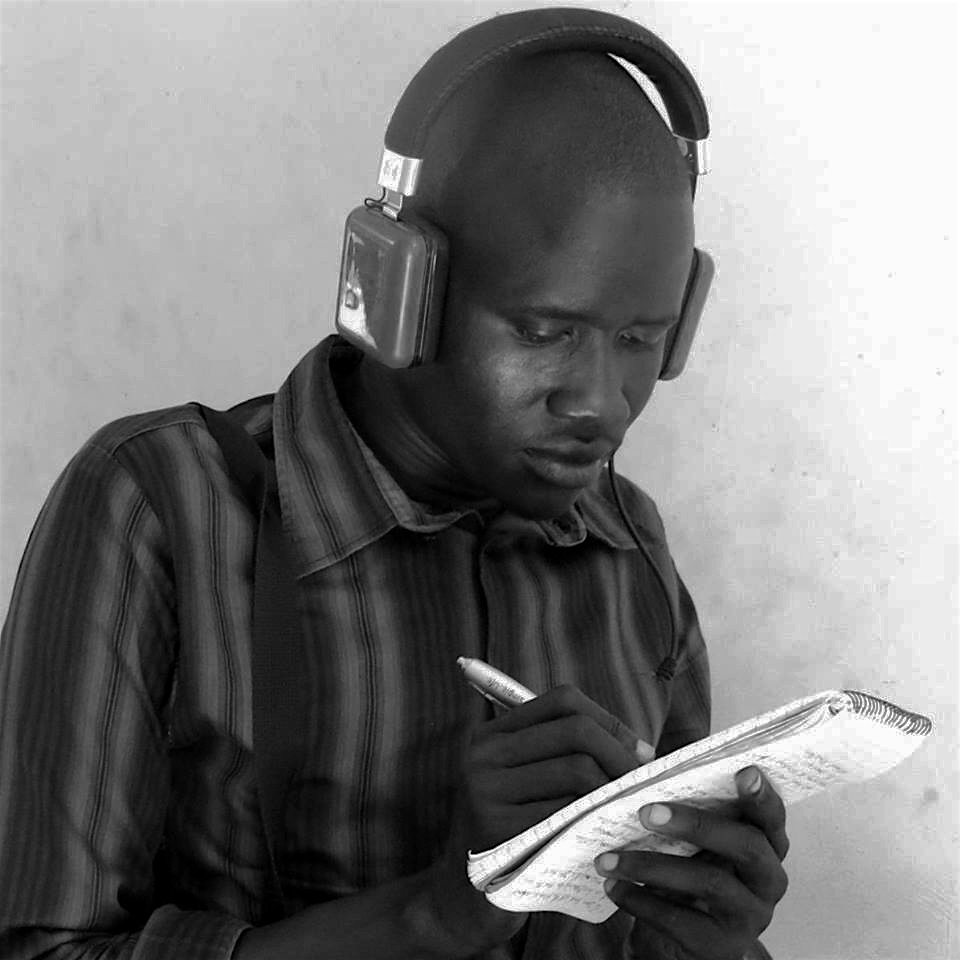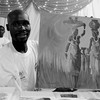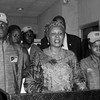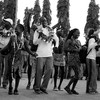3/Adolescence: The wicked world beyond the nestEducated with no prospects
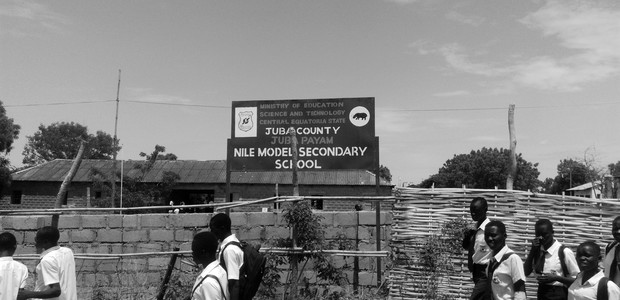
Institutions of higher learning across South Sudan release thousands of youth into the job market every year, yet only a few of these fresh graduates can afford to find a job or create jobs for themselves. From 2012 to 2016, unemployment has hovered at 12 per cent, according to South Sudan’s National Bureau of Statistics.
“When I came to Juba in 2010, everything looked great, as there were many opportunities especially for ICT experts like me,” says Moses Kenyi, a graduate of computer science. “The tech, agricultural and construction industry was booming, but with the current conflict, no one can be innovative. All opportunities have been affected.”
With the current conflict, no one can be innovative.
Thomas Muto, a youth activist and director of a charity group, Youth Technology Organization (YTDO) says opportunities for young people in South Sudan are hampered by a lack of training institutions, injustices, and environmental factors such as insecurity. “Government needs to develop favourable policies that promote youth empowerment and attract investors to provide jobs,” he says.
Muto advises youth to be innovative and create their own jobs instead of waiting for limited job placements provided by the government. “Let us not grow up with the mentality that there are people somewhere else to create for us jobs. I always encourage young people they should become innovative to survive the current situation.”
According to estimates by the United Nations Department of Economic and Social Affairs (UN DESA), half of South Sudan’s population is composed of persons between 15 and 65 years, considered the working age. However, the overall youth literacy rate between the ages of 15 to 24 years is just 44 per cent, meaning that at least 4.6 million youth are illiterate, according to data from UNESCO Institute for Statistics. This has increased the age dependency ratio as the number of dependent youth outnumbers the employed.
Each working person in South Sudan must provide goods for himself and cover expenditure for one child or elderly person. The 94.3 per cent dependency ratio also shows that the pressure on the productive population in South Sudan is very high.
A World Bank report also notes that 85 per cent of South Sudan’s working population is engaged in non-paid agricultural work – with agriculture accounting for only 15 per cent of the country’s GDP.
Mary Hilary Wani, Undersecretary in the Ministry of Labour and Public Service admits that the government is grappling with the high influx of unemployed trained youth but says the country’s agriculture, mining, tech and industrial sectors provide good opportunities for job creation in South Sudan.
#Population | #Sudan | #SouthSudan 3/ #Adolescence: The wicked world beyond the nest — Universally a difficult time of life. (Photo by Marka | Getty Images) http://www.theniles.org/en/articles/infocus/20554/
Posted by theniles.org on Friday, 16 December 2016

